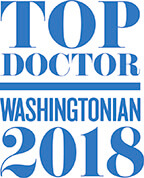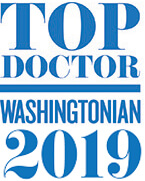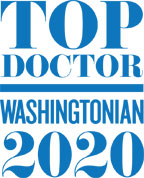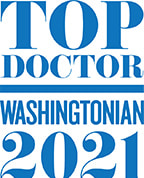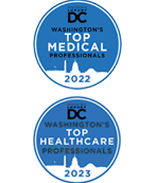In providing great visual outcomes for patients, we have come a long way since the FDA approved the excimer laser in 1995. With the ability to create flaps using laser technology and by precisely measuring each person’s visual aberrations, LASIK can allow most patients to dramatically reduce the need for glasses and contact lenses. The real keys to successful refractive surgery include determining appropriate candidacy for surgery with a comprehensive pre-operative evaluation, meticulous care during the surgical procedure, and close follow up care after the procedure.
Patients who are nearsighted (myopic), farsighted (hyperopic), or have astigmatism can be treated if they meet the appropriate clinical criteria. As part of the initial evaluation, the corneal curvature and thickness are measured. An assessment for dry eye is performed as well as a thorough eye examination. Appropriate review and education of realistic expectations is critical in helping patients decide if the procedure is right for them. Finally, helping guide patients through the day of surgery and their follow up appointments leads to tremendous levels of patient satisfaction.

